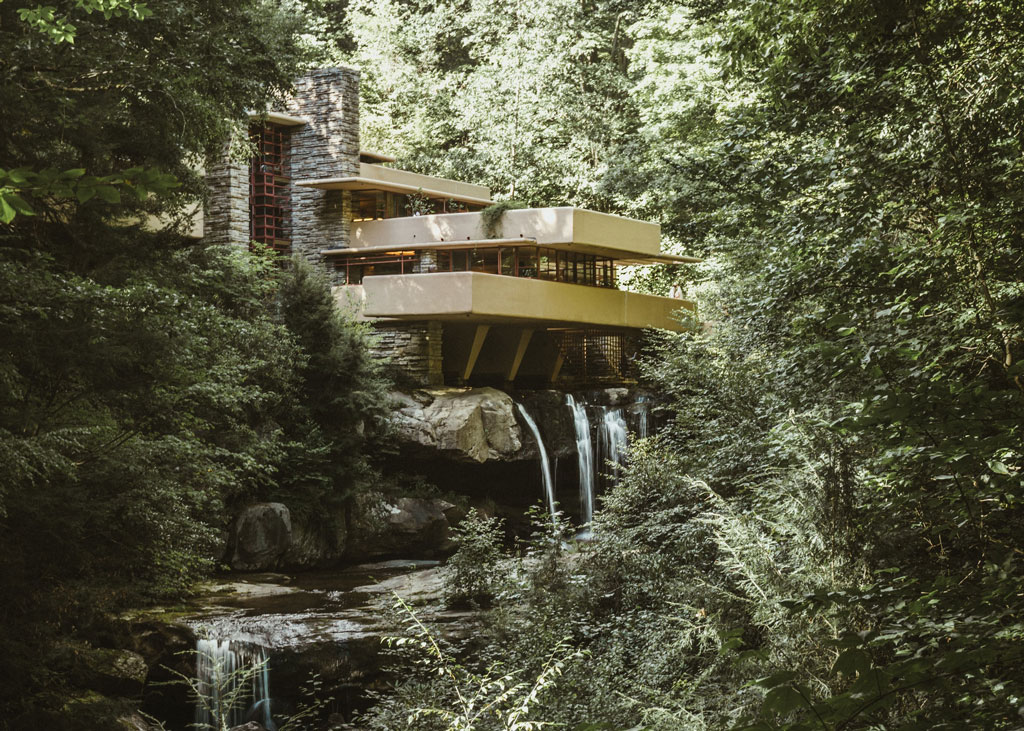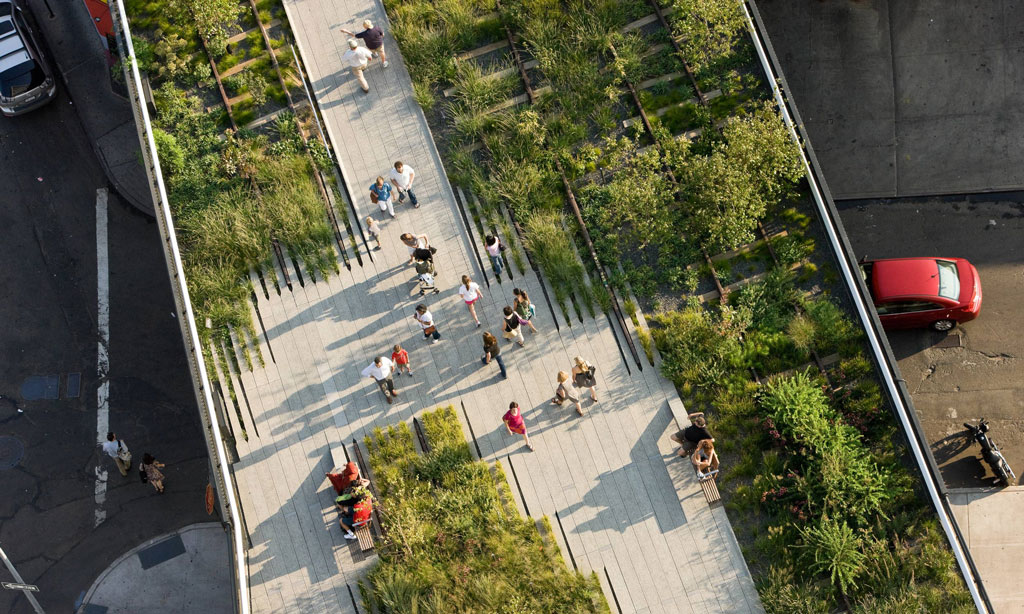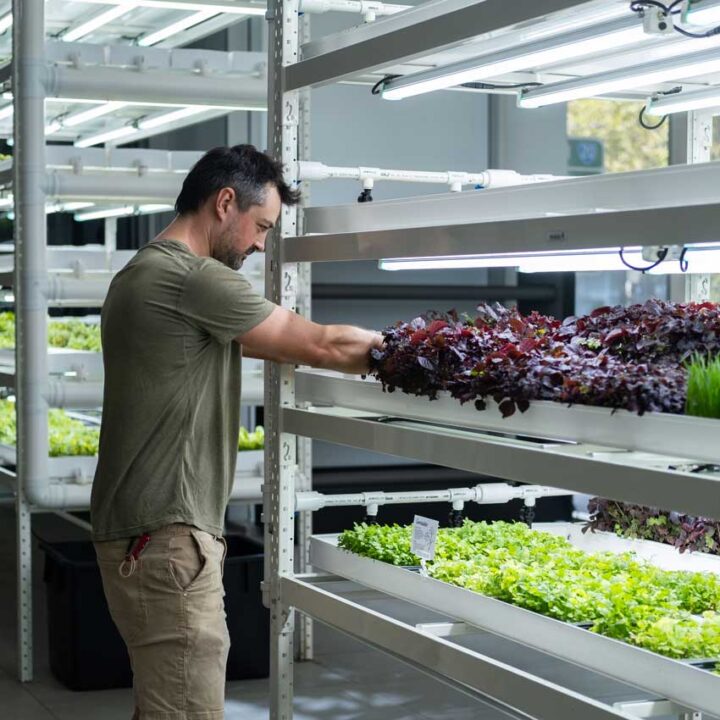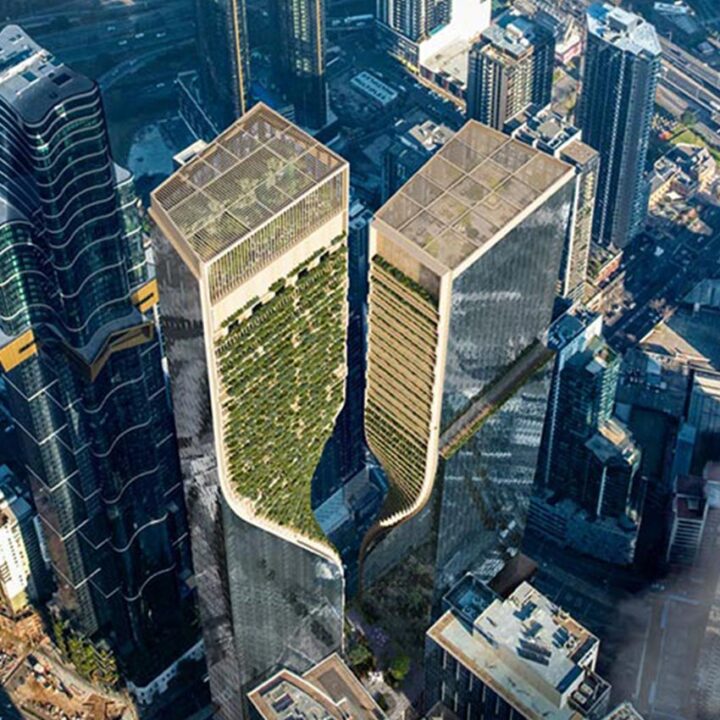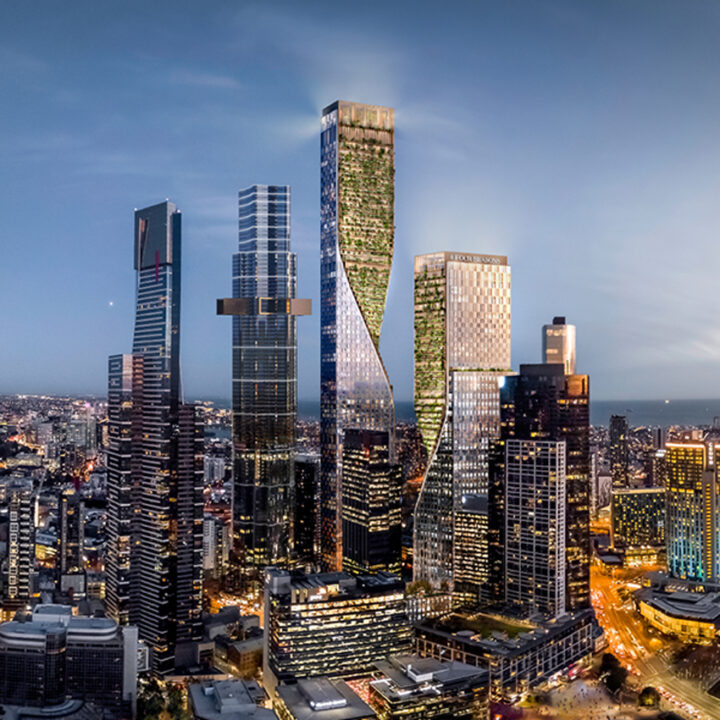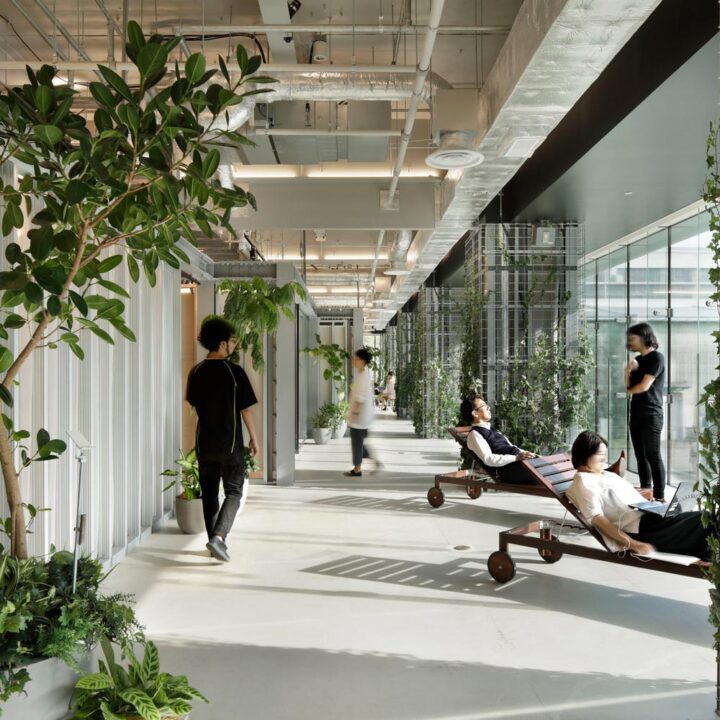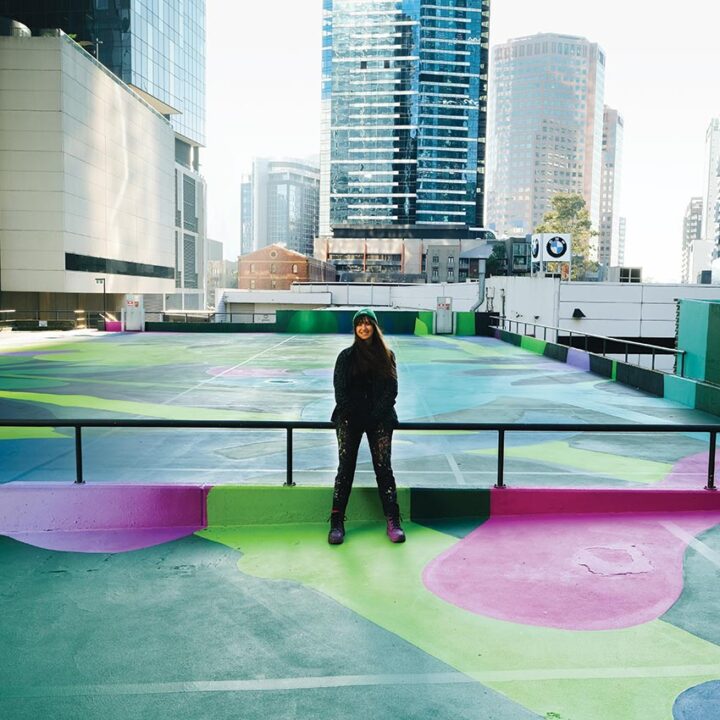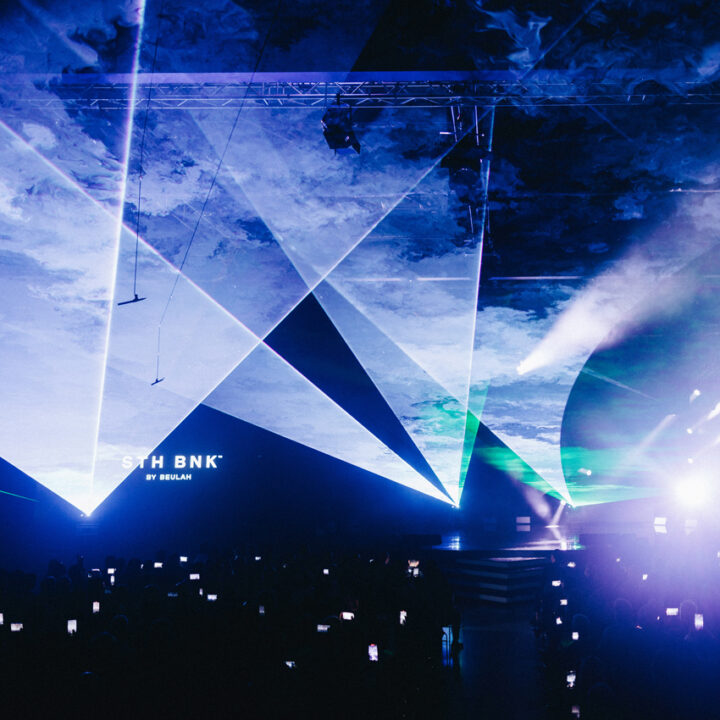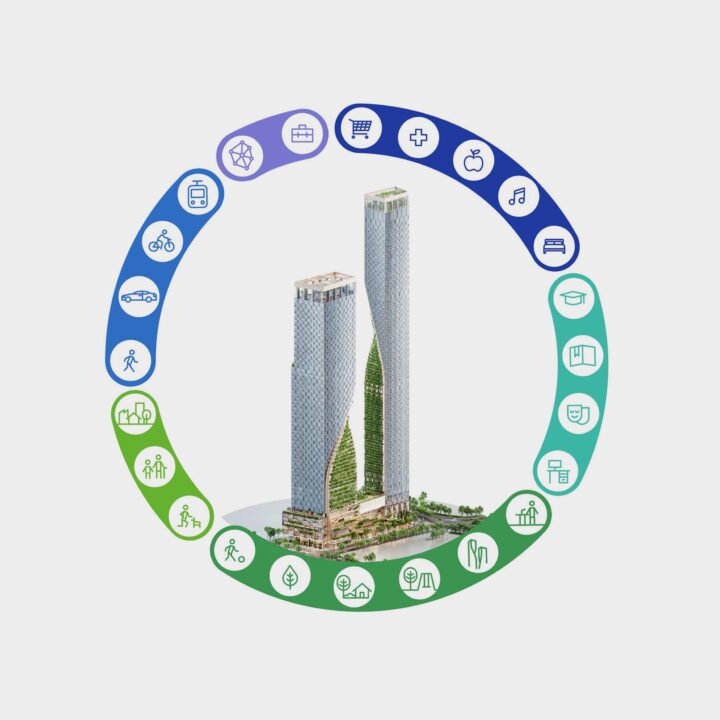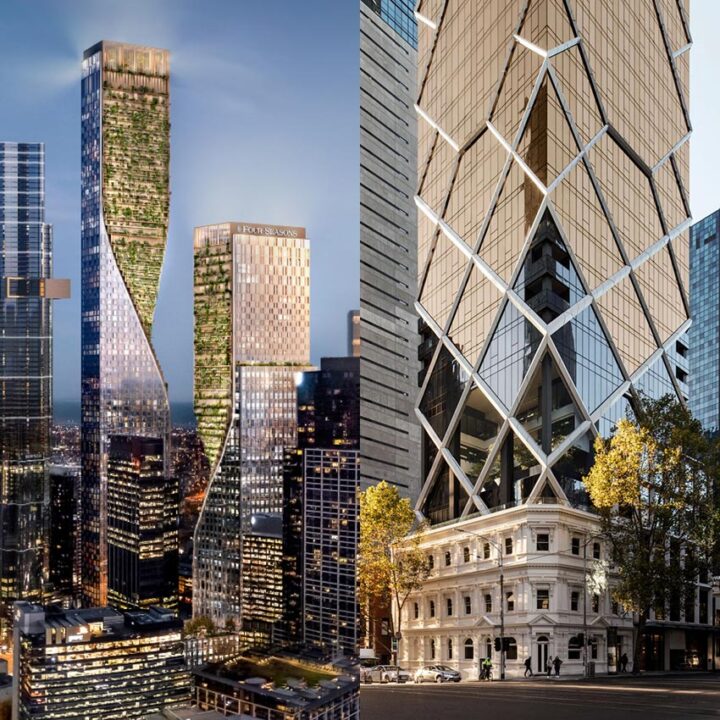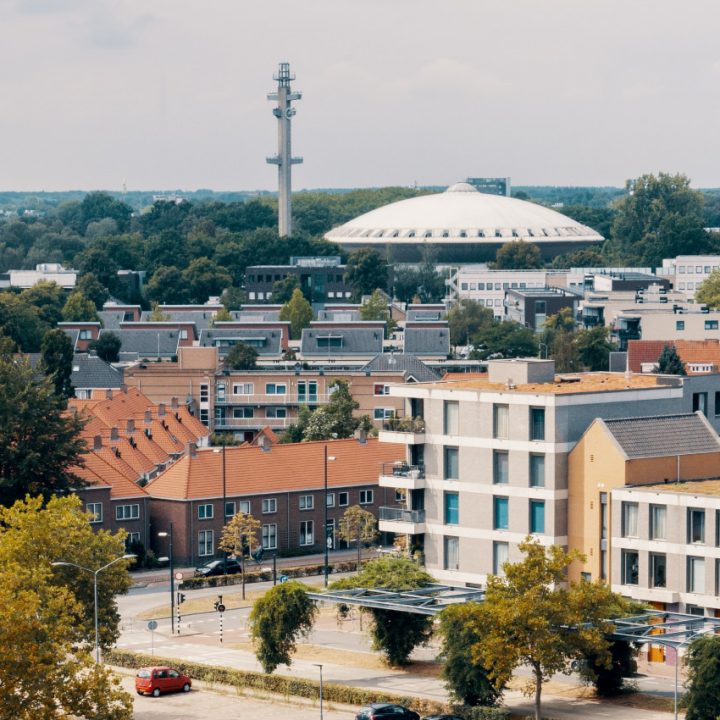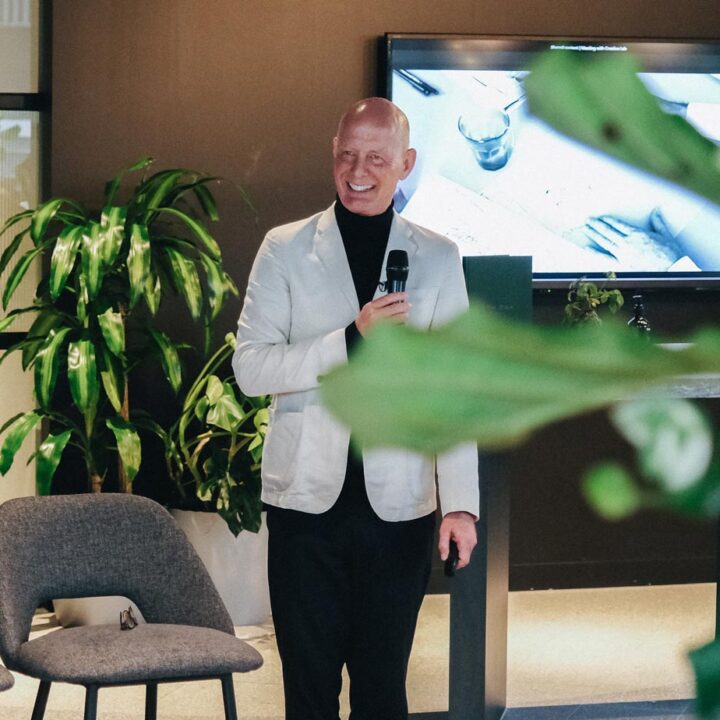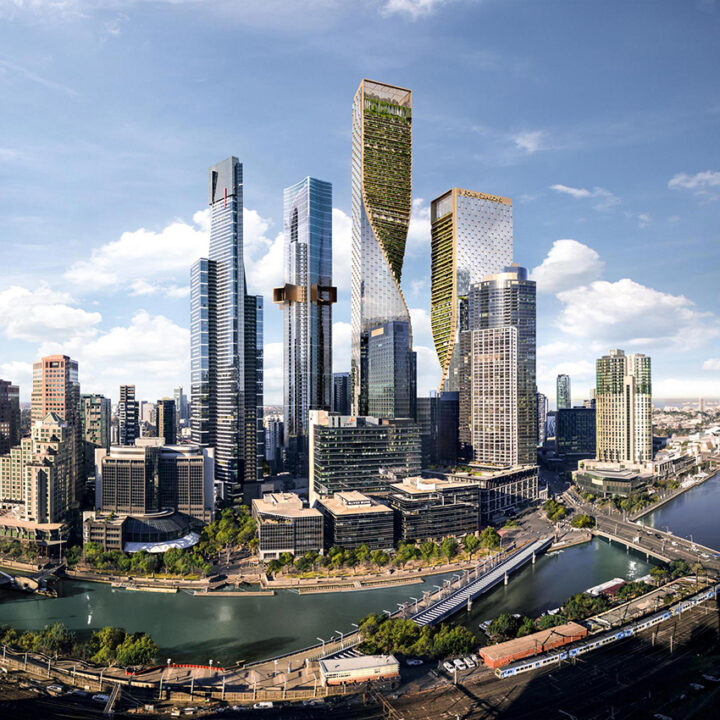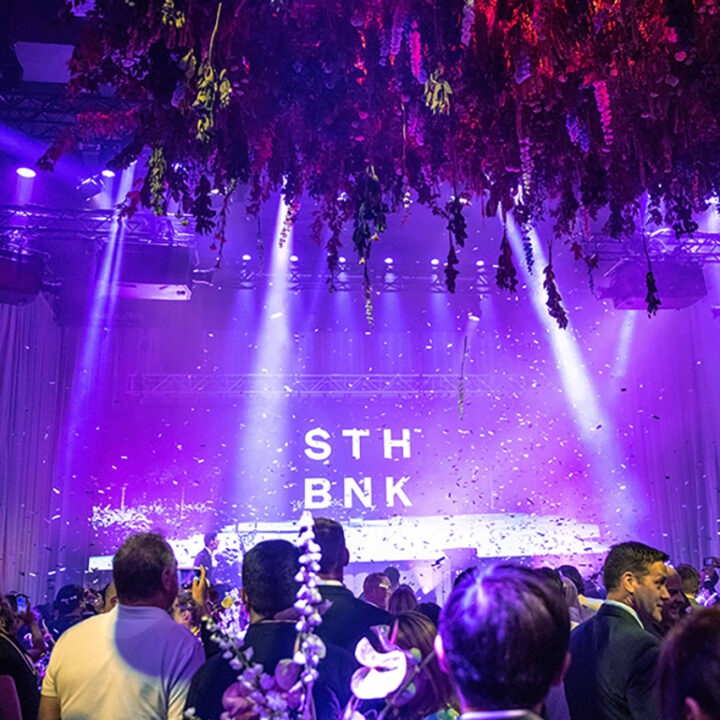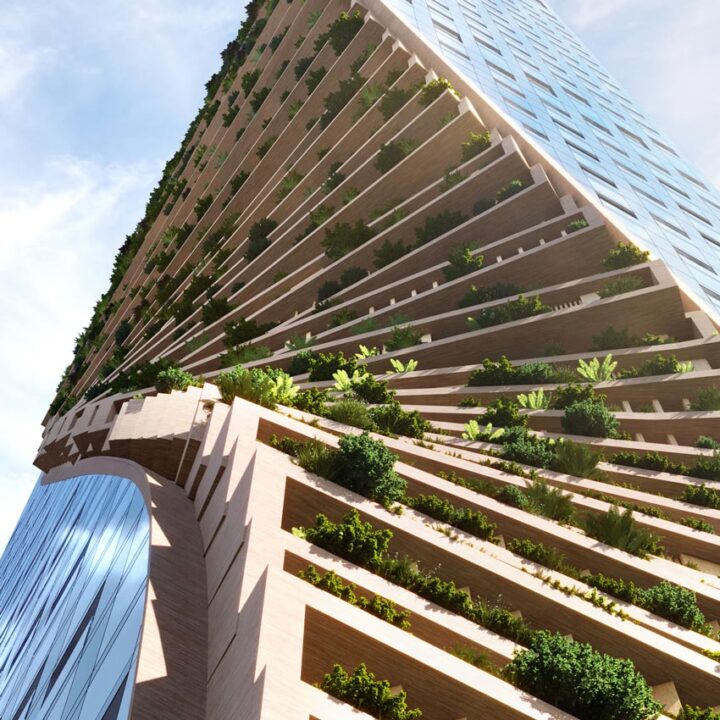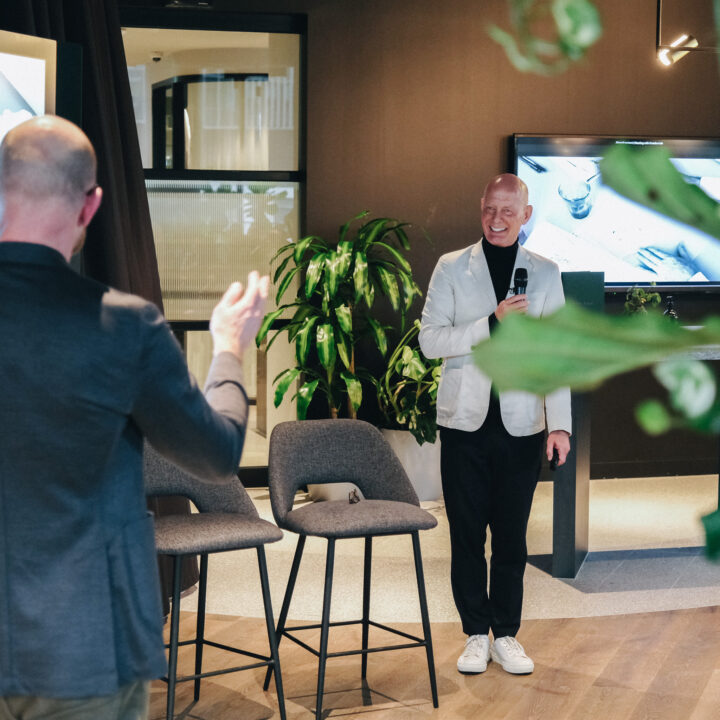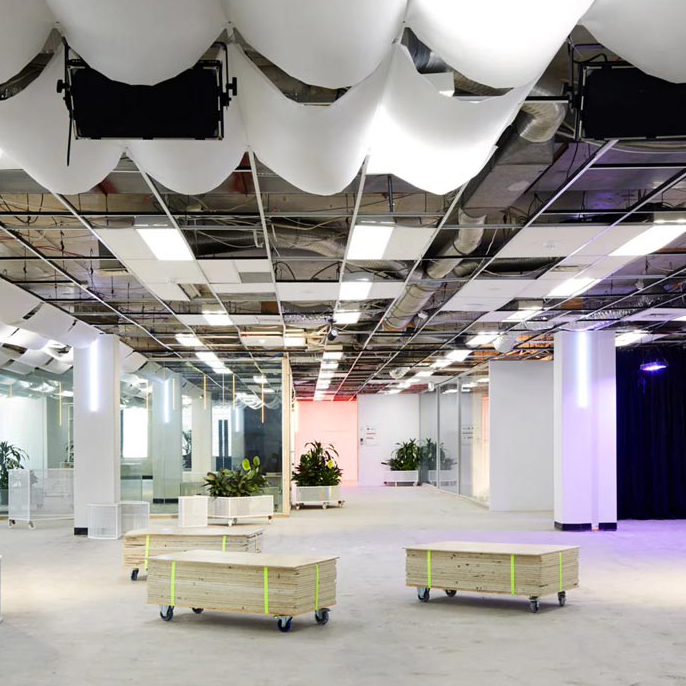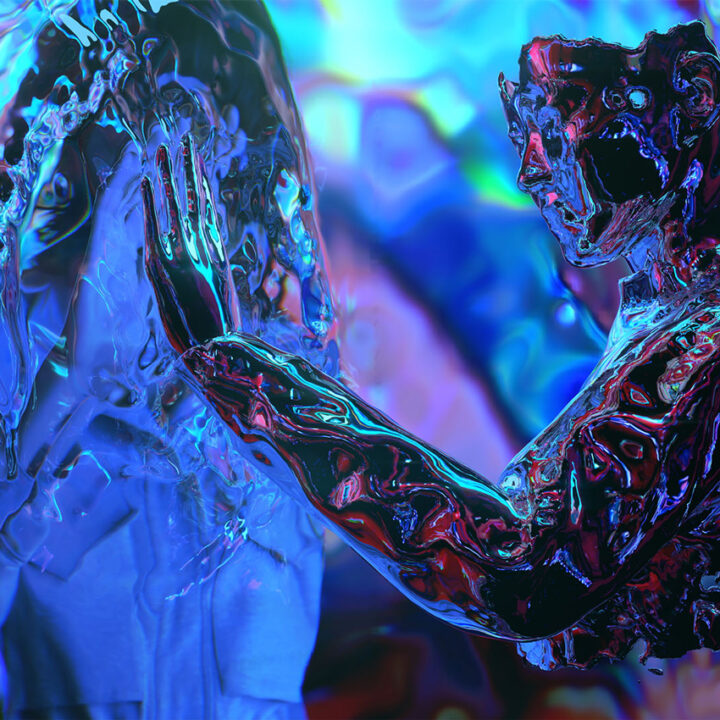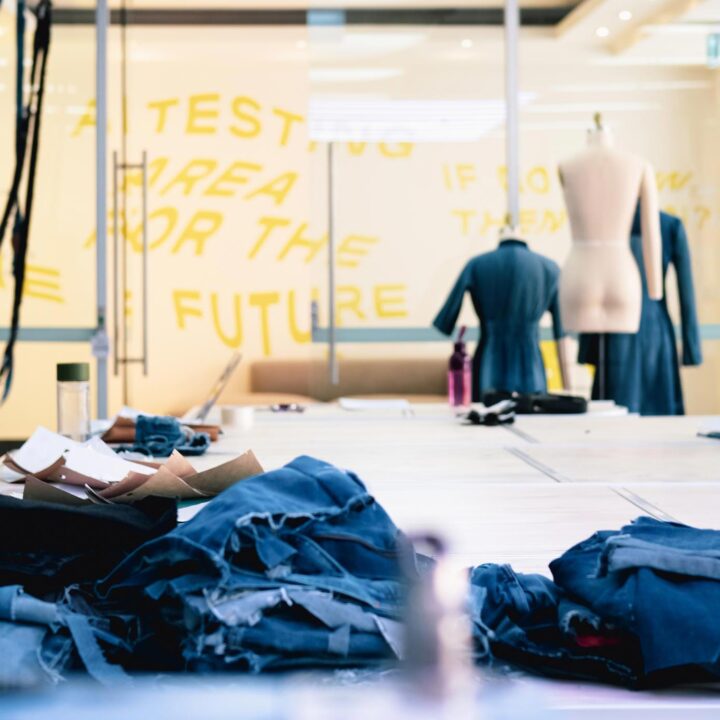More than just plants
Biophilia, in its essence, is the fondness for life. Popularised by Professor Emeritus Wilson from Harvard University with his Biophilia Hypothesis, he argues that humans have an attraction to other living organisms. This hypothesis emerged from realising that people migrating into urban cities the 1980s would have created some form of societal disconnect with the natural world. To compensate for such a disconnect, we often try to bring nature back into the city.
But biophilic design is more than adding greenery into our living spaces. This is where Kellert’s Biophilic Design Framework helps designers put theory into practice. This framework introduces three attributes and experiences of biophilic design; direct experience of nature, the indirect experience of nature and the experience of space and place.
